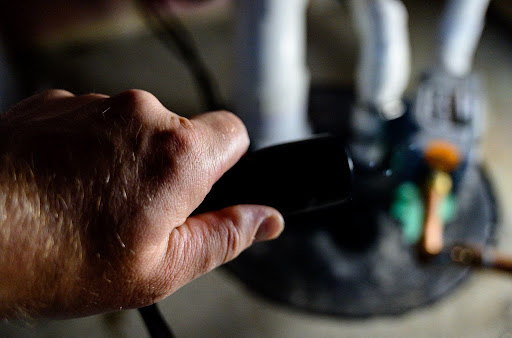Sump pump failures can lead to significant water damage in homes, especially in basements and crawl spaces prone to flooding. Understanding the common causes of these failures and how to address them can save homeowners time, money, and stress. This article explores why sump pumps fail and offers solutions to ensure they operate efficiently when needed most.
Table of Contents
Introduction to Sump Pumps
A sump pump is crucial to many homes’ water drainage systems, particularly in areas with high water tables or those susceptible to heavy rains. Installed in the lowest part of a basement or crawlspace, sump pumps are designed to pump water out and away from the home, preventing flooding and the myriad problems that come with excess moisture, such as mold growth and foundation damage.
Common Causes of Sump Pump Failures
-
Power Failure
The leading cause of sump pump failure is a power outage. The pump cannot operate without electricity, leaving homes vulnerable to flooding.
Solution:
- Battery Backup System: Install a battery backup for your sump pump to ensure it operates during power outages. Choose a backup with a high-quality battery and sufficient capacity for your needs.
- Water-Powered Backup Pump: A water-powered sump pump can be an effective alternative for homes with consistent municipal water pressure, requiring no electricity to operate.
-
Switch Problems:
Sump pumps rely on a float switch to activate the pump when water levels rise. A stuck switch can prevent the pump from turning on.
Solution:
- Regular Inspections: Check the switch mechanism periodically for any signs of obstruction or damage. Adjust the position of the pump if necessary to prevent the switch from getting stuck. Make sure the pump’s power cord is secured to the vertical discharge pipe with zip ties to prevent the cord from hanging loosely and blocking the float switch.
- Upgrade Switch Type: Consider upgrading to a more reliable switch type, such as an electronic switch, which may offer improved performance over traditional float switches.
-
Overwhelmed Pump:
During heavy rainfall, a sump pump may not have the capacity to handle the volume of water, leading to overflow.
Solution:
- Capacity Assessment: Have a professional assess the capacity of your current sump pump and the average water volume it needs to handle. This ensures you have a pump that meets your specific requirements.
- Secondary Pump Installation: Installing an additional sump pump can provide extra pumping capacity during high-volume periods, offering redundancy in case the primary pump fails.
-
Improper Installation:
Incorrect installation can lead to operational failures, including issues with the discharge pipe, which can freeze or clog.
Solution:
- Professional Installation: Ensure installation is done by a qualified plumber who can correctly position the pump, set up the discharge line to prevent freezing, and ensure all components are correctly connected.
- Discharge Line Solutions: Insulate the discharge line or install a specialized discharge line heater to prevent freezing. Ensure the line has a slight downward slope away from the house to facilitate water flow.
-
Lack of Maintenance:
Like any mechanical system, sump pumps require regular maintenance to function properly.
Solution:
- Annual Maintenance Checks: Clear the sump pit of debris, test the pump by pouring water into the pit, and inspect all components for wear and tear. Replace worn parts as necessary.
- Battery Check: For systems with a battery backup, regularly check the battery’s charge and replace the battery every 2-5 years, depending on the manufacturer’s recommendation.
-
Age and Wear:
Over time, sump pumps can wear out and lose efficiency, leading to failures.
Solution:
- Regular Replacement: Keep track of your sump pump’s age and plan for replacement every 7-10 years. Consider replacing it sooner if it shows signs of decreased efficiency or frequent malfunctions.
- Upgrade to a Higher-Quality Model: When replacing your sump pump, consider upgrading to a higher-quality model with additional features such as a more durable construction, higher capacity, or advanced switch types to enhance reliability.
Preventative Measures
In addition to addressing the common causes of failure, homeowners can take proactive steps to ensure their sump pumps are ready for action:
Regular Inspections: Conduct periodic inspections and maintenance throughout the year, particularly before the rainy season.
Install a Water Alarm: Place a water alarm in the sump pit to alert you if the water level rises too high, indicating a potential failure.
Keep Discharge Pipes Clear: Regularly inspect and clear the discharge pipe of any debris, ice, or snow that could prevent water from exiting.
Conclusion
A functioning sump pump keeps basements dry and protects homes from water damage. Homeowners can significantly reduce the risk of flooding by understanding the common causes of sump pump failures and implementing the solutions outlined in this article. Regular maintenance, proper installation, and the use of backup systems are key strategies in ensuring the reliability of your sump pump when you need it most.



















